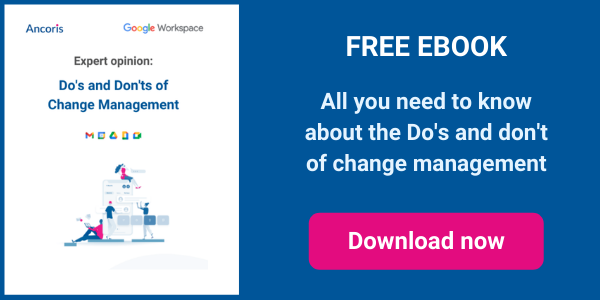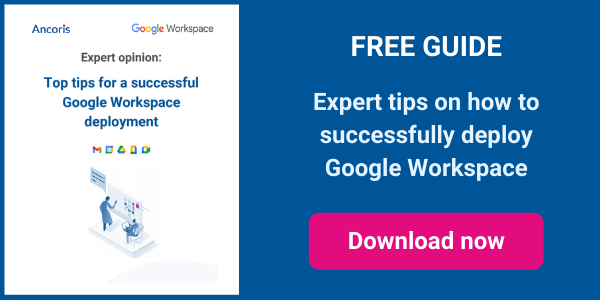Change is hard. The history of IT is littered with unsuccessful projects that didn’t deliver the expected business transformation or ROI. But it doesn’t have to be that way — if you have an effective approach to change management. Here are 7 tips to make change stick:
Active and visible executive sponsorship
Employees take their cues from the priorities of those above them. The sponsor's role isn't just to make sure the project is given the necessary resources. They also need to stand up in front of the organisation and explain to people why they're being put through this change, what the business benefits are, and that it isn't optional – while also addressing users' fears and inviting their input on how to make the transition as easy as possible.
Involve people in the change
Make sure you work with users from across the business to understand how they work at the moment, how they'll be affected by the change and that they’ll still be able to perform all the critical parts of their job in the new environment. Get their input on how they can use the new system to make their work easier and improve processes, as well as what kind of support they and their colleagues will need during the change.
Empower people to solve their own problems
You can’t be everywhere, hand-holding people through every issue they run into — and it’s not the best way for people to learn, anyway. Encourage users to support each other, by training key users to be Google Guides. And allow users to take a self-service approach to finding answers to common “How do I…?” questions with tools like Cloud Skills Academy, our end user e-learning and support portal for Google Workspace.
Variety of communications channels
We all have different approaches to where we prefer to get our information and how we find it easiest to take it in. So you should use as many communications channels as possible: posters, presentations and meetings should all be options, alongside email and the corporate intranet. There’s also no such thing as too much communication. You may think you sound like a broken record, but it’s better to tell someone something they already know than have them miss something they need to hear.
Structured approach to manage change
From the moment you kick off your project, you should be developing your change management plan. It needs to communicate what’s happening and why, create buy-in through internal marketing and deliver appropriate training and go-live support for each user group. Research shows projects with excellent change management are six times more likely to meet or exceed their initial objectives than projects with poor changement management.
Different faces of change
You know that not everyone will be happy with change, but you can’t just divide them into two groups of critics and enthusiasts. There are typically four different “faces” to change: the critic, the victim, the bystander and the navigator. You need to create a slightly different approach for each group, take the time to recognise which “face” each user is wearing, and use the right approach for that “face”.
Make the project fun!
It might seem like a waste of time and resources, but making the project fun for users will help generate buy-in. That could include posters, presentations, meetings, and even T-shirts and balloons – whatever fits with the culture of the organisation.
As a Google Cloud Premier Partner, we’ve used our tried-and-tested approach to change management to help customers successfully complete hundreds of Google Workspace. To find out more, come and talk to the experts in our digital transformation team.


